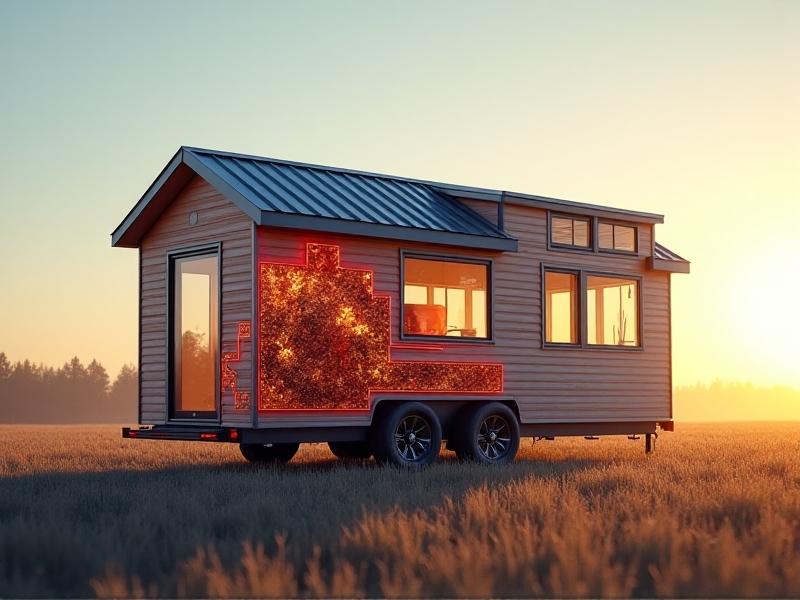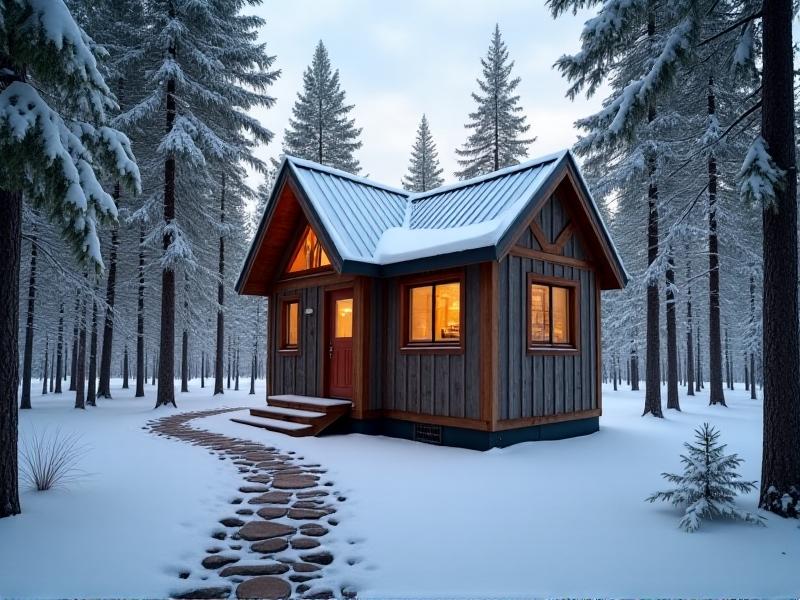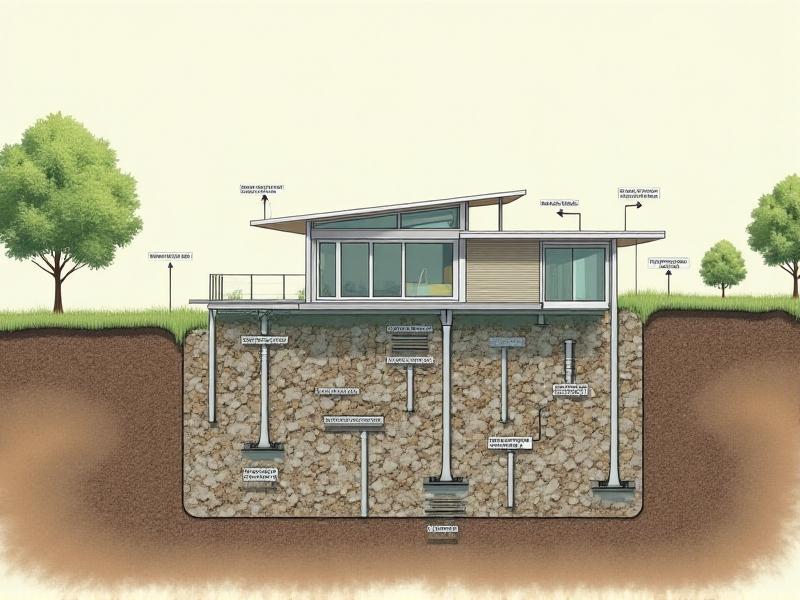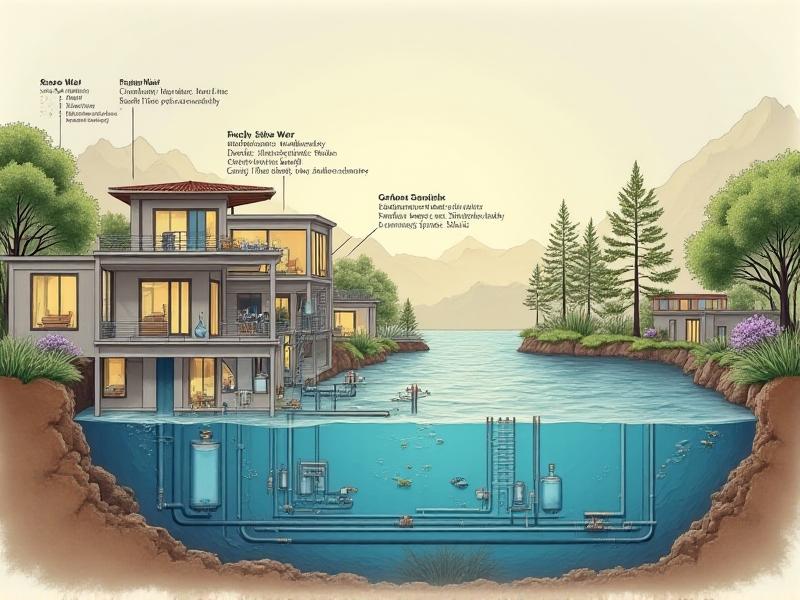2025 Tiny Home Zoning Law Updates
The Evolution of Zoning Laws and Tiny Homes
Zoning laws, established in the early 20th century, were designed to regulate urban sprawl and separate residential areas from industrial zones. For decades, these regulations prioritized single-family homes on large lots, inadvertently sidelining compact living solutions. Tiny homes—often under 400 square feet—faced legal hurdles, with many municipalities enforcing minimum square footage requirements as high as 1,000 square feet. Advocates spent years navigating red tape, often resorting to RV classifications or rural “off-grid” setups to bypass restrictions.
By the 2010s, the tiny house movement gained momentum as housing affordability crises worsened. States like California and Oregon began piloting “accessory dwelling unit” (ADU) policies, allowing smaller secondary homes on existing properties. However, inconsistent regulations across counties created confusion. The 2025 updates aim to standardize these efforts, reflecting a broader recognition of tiny homes as viable, permanent housing solutions rather than temporary novelties.
Key Changes in the 2025 Zoning Updates

The 2025 reforms introduce three pivotal adjustments. First, the elimination of minimum square footage mandates in participating states allows homes as small as 150 square feet. Second, multi-unit tiny home developments are now permitted in urban and suburban zones, provided they include shared green spaces and utilities. Third, the permitting process has been streamlined through digital portals, reducing approval times from months to weeks.
These changes align with the Department of Housing and Urban Development’s push to address housing shortages. For example, cities like Austin and Minneapolis now allow tiny homes on foundations to qualify for traditional mortgages, closing a critical financing gap. Builders can also access grants for projects incorporating renewable energy, further incentivizing scalable micro-communities.
Implications for Tiny Home Owners and Builders
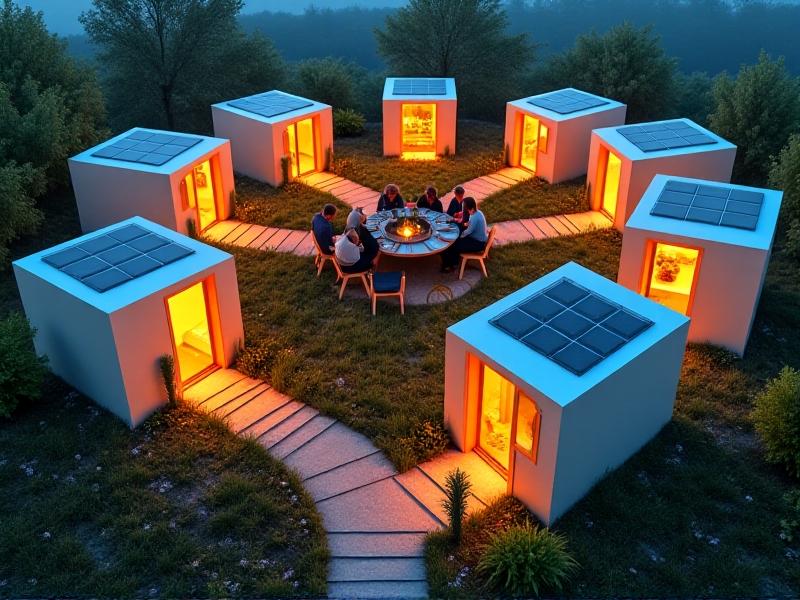
For homeowners, these updates reduce legal ambiguity. Previously, many tiny dwellers faced the risk of eviction or fines due to noncompliance. Now, certified homes meeting safety and utility standards qualify for permanent residency status. Insurance companies have also introduced tailored policies, covering risks like mobility and weather damage.
Builders, however, must adapt to stricter safety codes, including earthquake-resistant foundations in seismic zones and universal accessibility features. While these requirements raise initial costs, pre-approved design templates help offset expenses. Developers eyeing suburban markets now face community pushback, necessitating workshops to address misconceptions about density and property values.
Sustainability as a Central Focus

The 2025 laws mandate sustainability benchmarks for all new tiny homes. Rainwater harvesting systems and composting toilets are now standard in regions with water scarcity. Solar-ready wiring is required, even if panels aren’t immediately installed. Urban projects must allocate 15% of land to native vegetation, promoting biodiversity.
Tax incentives further reward carbon-neutral designs. For instance, Oregon offers a 10% rebate for homes using reclaimed materials, while Vermont waives permit fees for net-zero-energy models. Critics argue these mandates could price out budget-focused builders, but federal subsidies aim to balance scalability and ecological rigor.
The Future of Tiny Home Communities
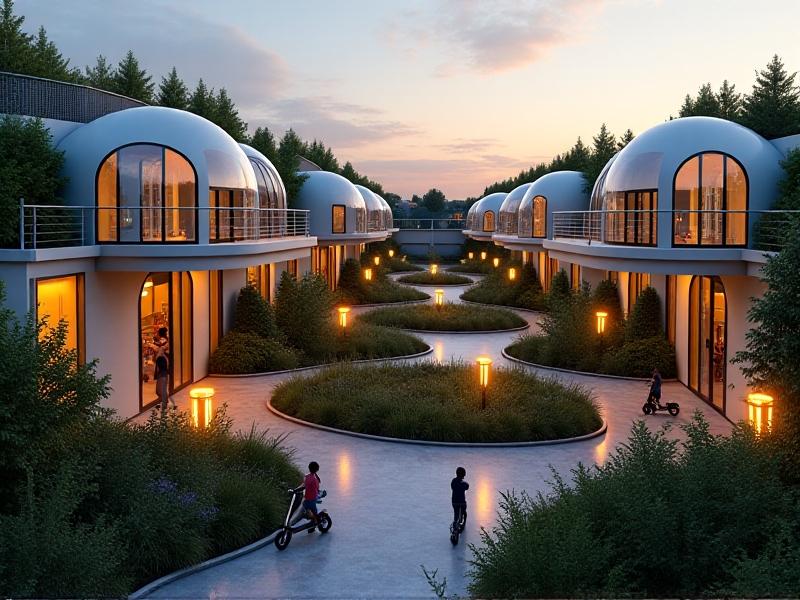
Urban planners envision tiny home clusters as hubs for innovation. Think co-housing setups with shared workspaces, childcare cooperatives, and electric vehicle charging stations. Modular designs allow residents to reconfigure layouts as needs change—a boon for aging populations seeking downsized, accessible living.
Technological integration is another frontier. Startups are prototyping AI-driven climate control systems tailored to micro-spaces, while 3D-printed foundations could slash construction costs. As remote work remains prevalent, these communities may emerge as affordable alternatives to costly city centers, reshaping demographic trends.
Looking Ahead: The Next Decade of Tiny Living
While the 2025 updates mark progress, challenges linger. Rural areas still lack infrastructure for water and waste management, requiring targeted investments. Advocates also push for inclusionary zoning, reserving a percentage of tiny homes for low-income families.
Ultimately, these laws signal a cultural shift—from viewing homes as financial assets to valuing flexibility, sustainability, and community. As tiny living enters the mainstream, its success will hinge on balancing regulation with creativity, ensuring affordability doesn’t come at the cost of individuality or resilience.



